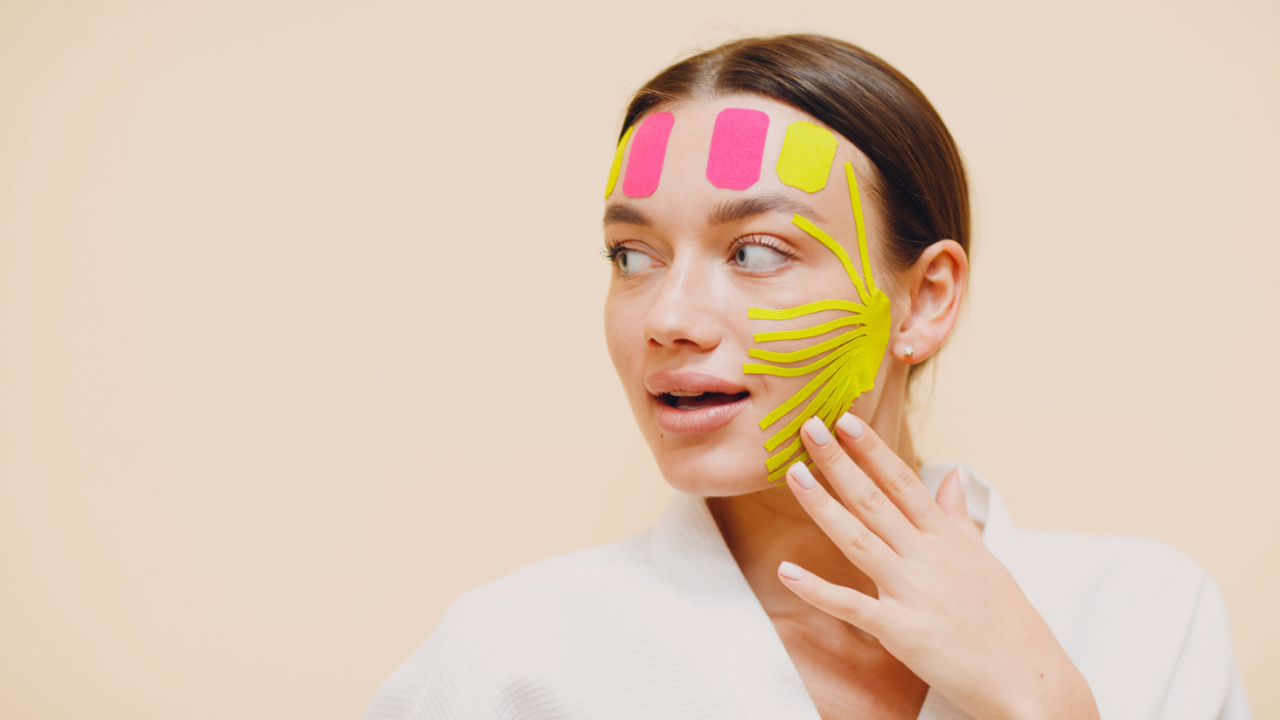Myomodulation and Injectable Fillers

Facial filler philosophy has been characterized by an overwhelming focus on skin and fat as opposed to muscle action. When it comes to facial aesthetics, injectors will often focus on static wrinkles and volume loss rather than muscle interaction. Hyperactive muscles are commonly addressed by neuromodulators like botulinum and other toxins; for example, masseter hyperplasia may be treated with botulinum. However, a Brazilian study by Mauricio de Maio identified a link between injectable fillers and muscle movement, or myomodulation. Let’s take a look at the findings:
Myomodulation & Biomechanics: How our faces move
Facial muscles, or mimetic muscles, are in charge of facial expression. Three key aspects dictate such muscle movement:
- Length-Tension Relationship
- Muscle Pulley and Lever Systems
- Functional Muscle Groups
Length-Tension Relationship
The length-tension relationship is dictated by two components: contractile and elastic.
The contractile component relies on active tension, which is produced by muscle contraction. The elastic component is driven by passive tension, which results from the elasticity of the skin and connective tissues of mimetic muscles.
As we age, our elasticity diminishes, and our face loses the ability to “bounce back”.
Muscle Pulley & Lever Systems
The angle of our mimetic muscles is dictated by a fixed pulley system. Such a system is what pulls the corners of the mouth into a smile. As we age, we lose bone structure and fat, resulting in a diminished ability to smile.
Functional Muscle Groups
Levators and depressors work in opposition to differentiate dynamic expression from a face at rest. Levator muscles will work to raise soft tissue as depressor muscles work with gravity to pull the face back down. When levator muscles lose their lifting power with age, a depressor may act relatively unopposed.
Examples of Filler for Myomodulation
De Maio’s study offered a number of case studies which could be treated with each of the three approaches listed above.
Case One
A woman with a downturned (DAO) smile on the left side was treated using filler. Prior to treatment, her left cheek sagged, creating a deep nasolabial fold. Two approaches could be used under these conditions: filler could be added to support the lever and pulley effect or decrease contraction by blocking their movement. The lever and pulley approach required injection deep to the muscle to increase convexity. Superficial injection supported a reduction in contraction. The patient received a bolus injection of Juvederm Voluma at bone level on the zygomatic arch under zygomaticus major. She also received injections superficial to mentalis, depressor labii inferioris, and DAO along the labiomental angle of her left side.
Case Three
A young woman with noticeable deficiency only upon animation had a lack of bone support in her chin. This created an upward rotation of her chin, protrusion of her lower lip, and skin wrinkling around her mouth. Voluma was added as a mechanical barrier to the labiomental angle and chin apex. This noticeable reversed effects of the lack of bone support in her chin. While this could also be treated with onabotulinumtoxinA, such an injection would reduce the patient’s ability to evert her lower lip.
Case Seven
A man with right side facial palsy demonstrated abnormal behavior of lateral muscles and scleral show, as he was unable to close his right eye at rest. His smile indicated that the facial nerve had not been completely damaged. He showed slight contraction of the zygomaticus major, as indicated by a dynamic line at the modiolus level and excessive lower eyelid skin. After filler injections of both sides of the face, the mimetic muscles were supported, and the patient saw better symmetry and muscle coordination. Symmetry improved with consistent exercise of the mimetic muscles.
Why does it matter?
As structural support fades with age or conditions, myomodulation suffers. When filler is added to specified regions of the face, structure may be reestablished, and in turn the mimetic muscles will benefit. By paying attention to the face both when animated and when at rest, injectors can understand how best to add filler to support youthful myomodulation.
Works Referenced
- de Maio M. (2018). Myomodulation with Injectable Fillers: An Innovative Approach to Addressing Facial Muscle Movement. Aesthetic plastic surgery, 42(3), 798–814. https://doi.org/10.1007/s00266-018-1116-z


